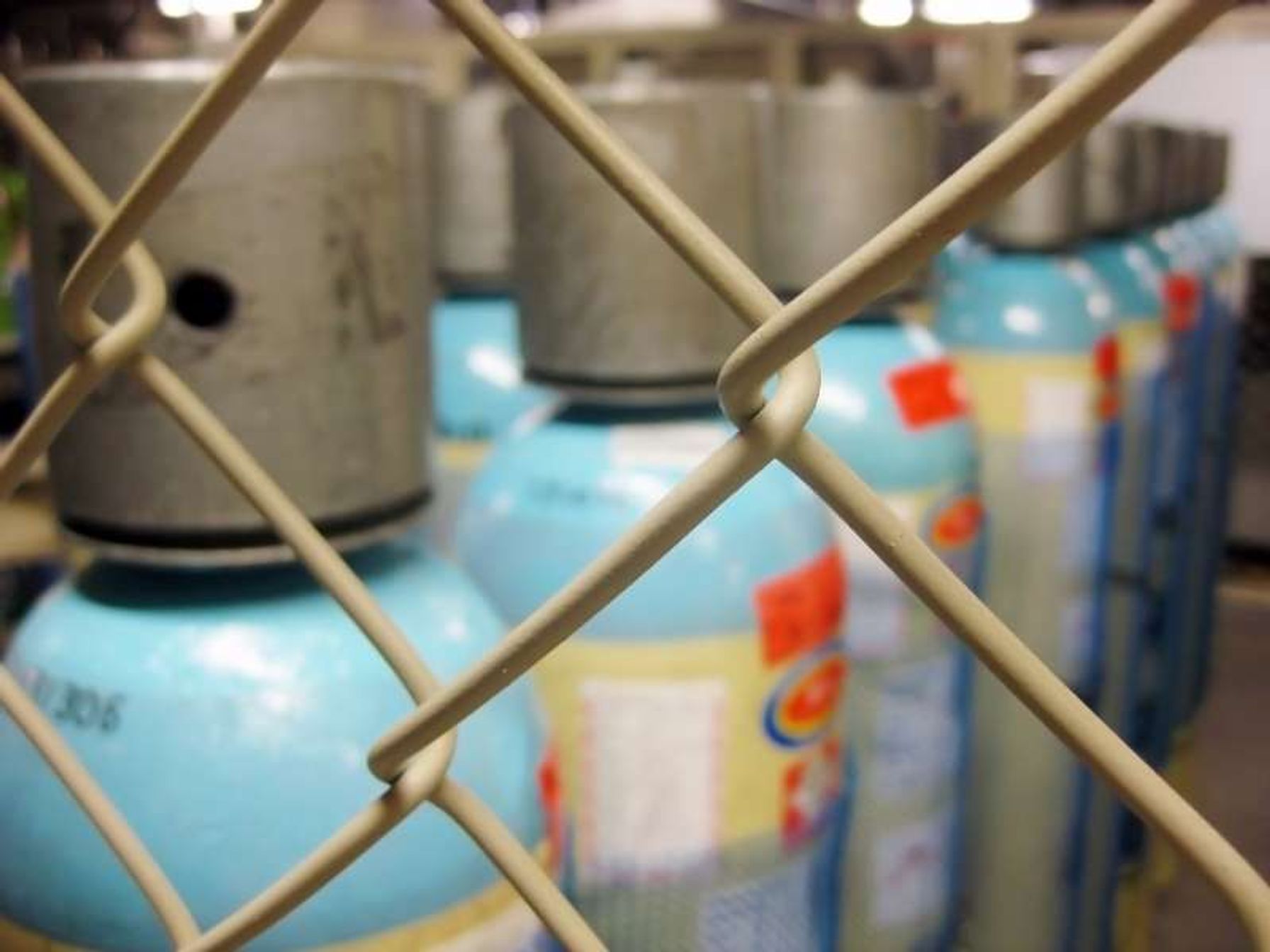
This is Part 2 of TRC’s five-part blog series on the Department of Homeland Security’s Chemical Facility Anti-Terrorism Standards.
The Department of Homeland Security (DHS) regulates the security of chemicals deemed to be of interest to terrorists under the Chemical Facility Anti-Terrorism Standards (CFATS) program. CFATS requirements apply to facility owners and operators that possess, consume, sell or create various chemicals of interest (COI) that could be used in an act of terror.
Understanding these regulations and how they work – along with similar rules from other federal agencies – is vital to developing a sound strategy for keeping chemicals safe and secure and minimizing risk.
Roughly 300 chemicals of interest are categorized by DHS according to the kind security threat they pose:
- Release: Covers chemicals that pose a danger to the public if a terrorist act contributes to a sudden release at a chemical facility. Includes three subcategories:
- Release – Toxic: Chemicals with the potential to create a toxic cloud that would affect populations within and beyond the facility if intentionally released.
- Release – Flammables: Chemicals with the potential to create a vapor cloud explosion that would affect populations within and beyond the facility if intentionally released.
- Release – Explosives: Chemicals with the potential to affect populations within and beyond the facility if intentionally detonated.
- Theft and diversion: Covers COI that could be stolen and used to create a chemical weapon, explosive weapon or weapon of mass effect.
- Sabotage/contamination: Covers chemicals that can be mixed with other readily-available materials to create significant adverse consequences for human life or health.
Regulated chemicals of interest include chlorine, ammonia, propane, hydrogen peroxide, flammables (such as isobutane, butane, n-propane and other fuels), bromine, aluminum powder, nitric oxide and vinyl chloride – to name just a few.
The DHS regulations impact facilities across the U.S. economy, including everything from office buildings and warehouses to mines and research labs.
The Bigger Picture
The DHS regulations are complicated enough on their own. But the issue gets even trickier due to overlap with similar regulations from the Environmental Protection Agency and the Occupational Safety and Health Administration that address accidental incidents involving chemicals.
EPA’s Risk Management Plans (RMP) Rule requires facilities using extremely hazardous substances to develop a risk management plan that:
- Identifies the potential effects of a chemical accident
- Outlines the steps the facility is taking to prevent an accident
- Spells out emergency response procedures should an accident occur
Meanwhile, OSHA’s Process Safety Management (PSM) program contains requirements for preventing or minimizing the consequences of catastrophic releases of toxic, reactive, flammable or explosive chemicals.
Many substances are regulated by more than one of the three agencies, creating a complex regulatory soup for companies and organizations using or storing the chemicals.
One Size Does Not Fit All
Each regulatory program establishes minimum threshold quantities for each regulated chemical. If a facility exceeds the threshold quantity, it is subject to the regulations. These threshold levels often align – but not always.
For example, anhydrous ammonia (CAS 7664-41-7) is listed as a toxic chemical under all three programs:
- PSM – 10,000 pounds
- RMP – 10,000 pounds
- CFATS – 10,000 pounds (Release – Toxic Security Issue)
For a substance like chlorine, however, CFATS goes beyond RMP or PSM to address an additional security threat:
- PSM – 2,500 pounds
- RMP – 2,500 pounds
- CFATS – 2,500 pounds (Release – Toxic) and 500 pounds (9.77 percent minimum concentration. Theft – Weapons of Mass Effect)
In 2013 President Obama issued an executive order to reduce risks associated with hazardous chemical incidents by enhancing the safety and security of chemical facilities. Through the analysis of the current operating environment, existing regulatory programs and stakeholder feedback, a consolidated Federal Action Plan was created to address five elements:
- Strengthening community planning and preparedness
- Enhancing Federal operational coordination
- Improving data management
- Modernizing policies and regulations
- Incorporating stakeholder feedback and developing best practices
How TRC Can Help
If your business requires the on-site storage of chemicals, TRC can provide the expert consulting and engineering guidance you need to understand these regulator programs and achieve compliance. Our CFATS project teams have developed security approaches, programs, plans, training and designs that have helped facilities across the United States manage their chemicals safely and responsibly while reducing risk.
By combining our in-depth knowledge of the rules and regulations with our extensive security and emergency planning expertise, TRC can help you develop individualized compliance strategies to reduce, mitigate or manage risks. We can lead the development and implementation of CFATS, RMP and PSM strategies for you or simply augment your in-house engineering and manufacturing teams to minimize costs while achieving risk management and loss prevention goals.
The Future of Chemical Safety and Security
As the United States continues to harden itself to prevent acts of terrorism, it is critical we provide effective security for our facilities and communities. Awareness of regulations and effective compliance programs are key to maintaining our safety and protecting our communities from hazardous chemical incidents and intentional attacks.
Next Steps
- Learn how TRC can help with your security and environmental health and safety needs.
- Read the first installment of our CFATS series, “New Issues Emerge Regarding Chemical Security”
- Check our corporate brochure to see why TRC has been a groundbreaking engineering, environmental consulting and construction management firm since the 1960s.
- Follow us on Twitter, LinkedIn and Facebook.
- Share your thoughts on this post or ask us a question in the comments section at the bottom of the page.
